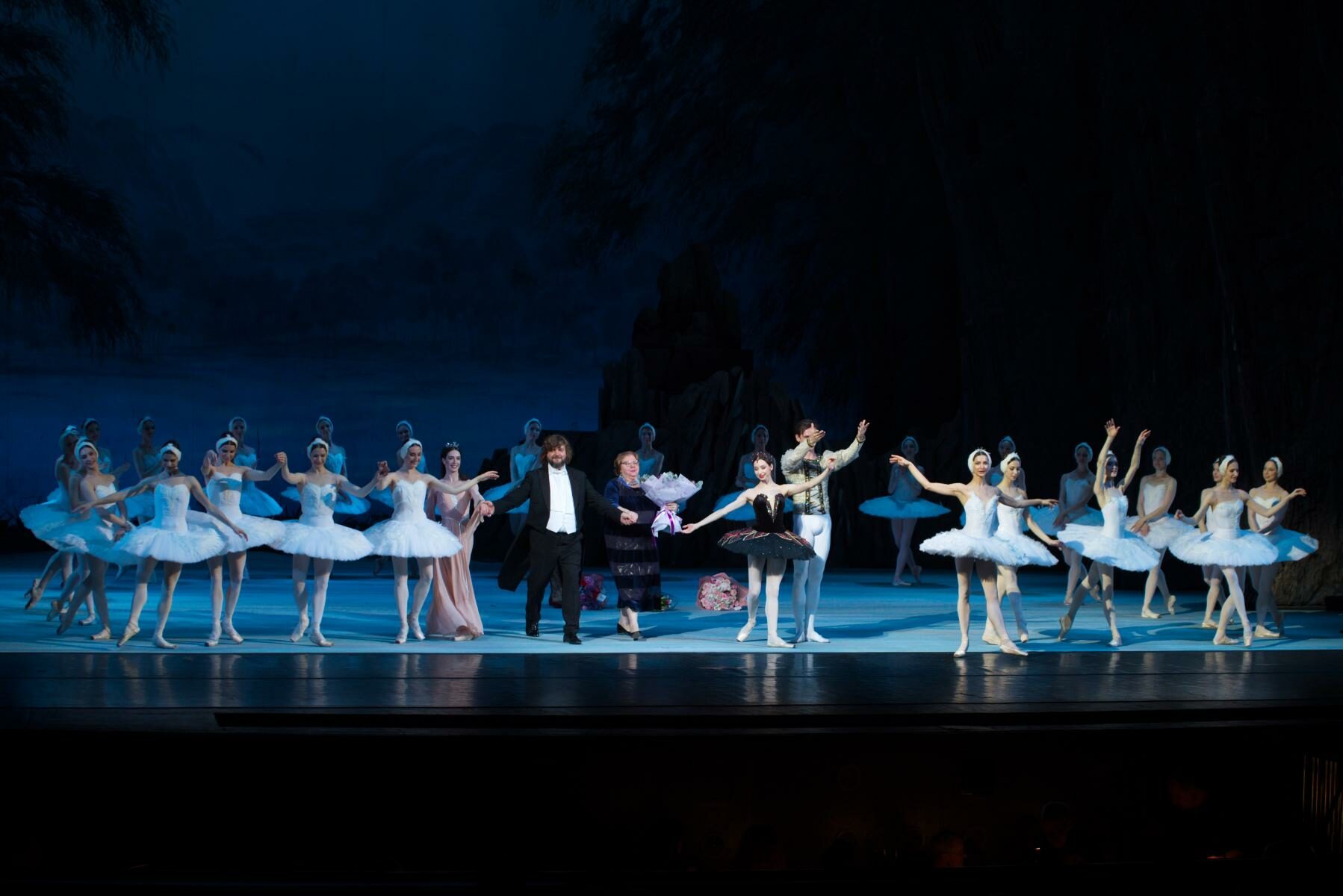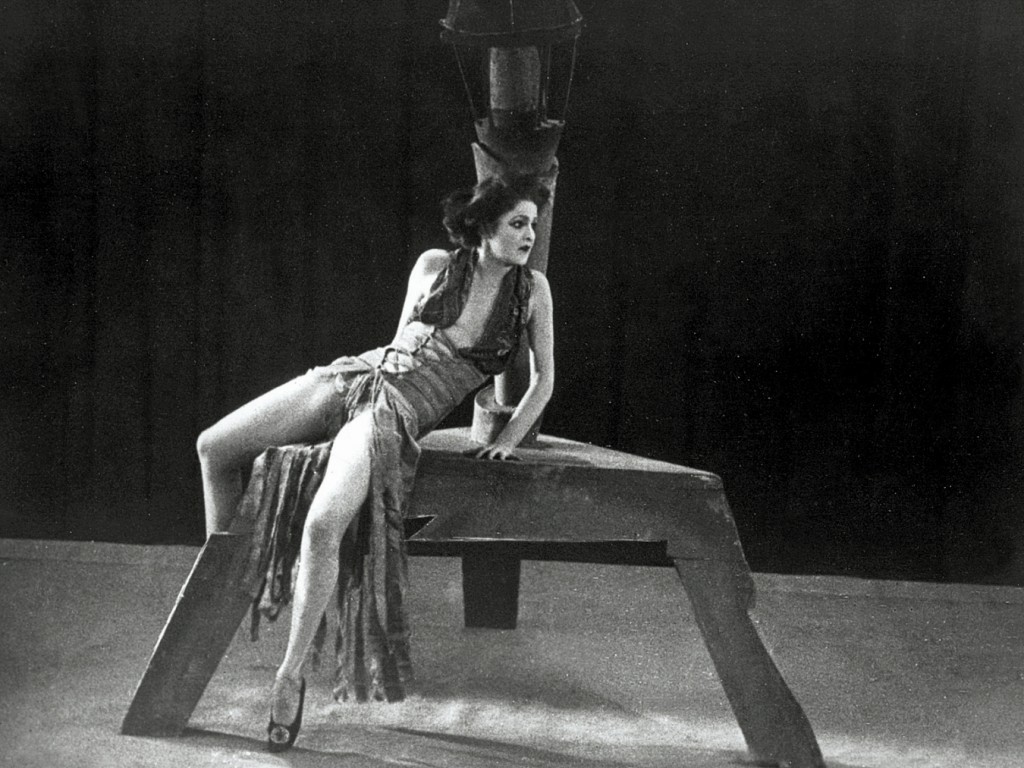Lothar Fischer:
“Anita Berber; Ein getanztes Leben” (“Anita Berber; A Danced Life”)
208 pages, plenty of color and b/w illustrations
Hendrik Bäßler Verlag Berlin, December 2014
ISBN: 3930388855
by Ilona Landgraf
Copyright © 2015 by Ilona Landgraf
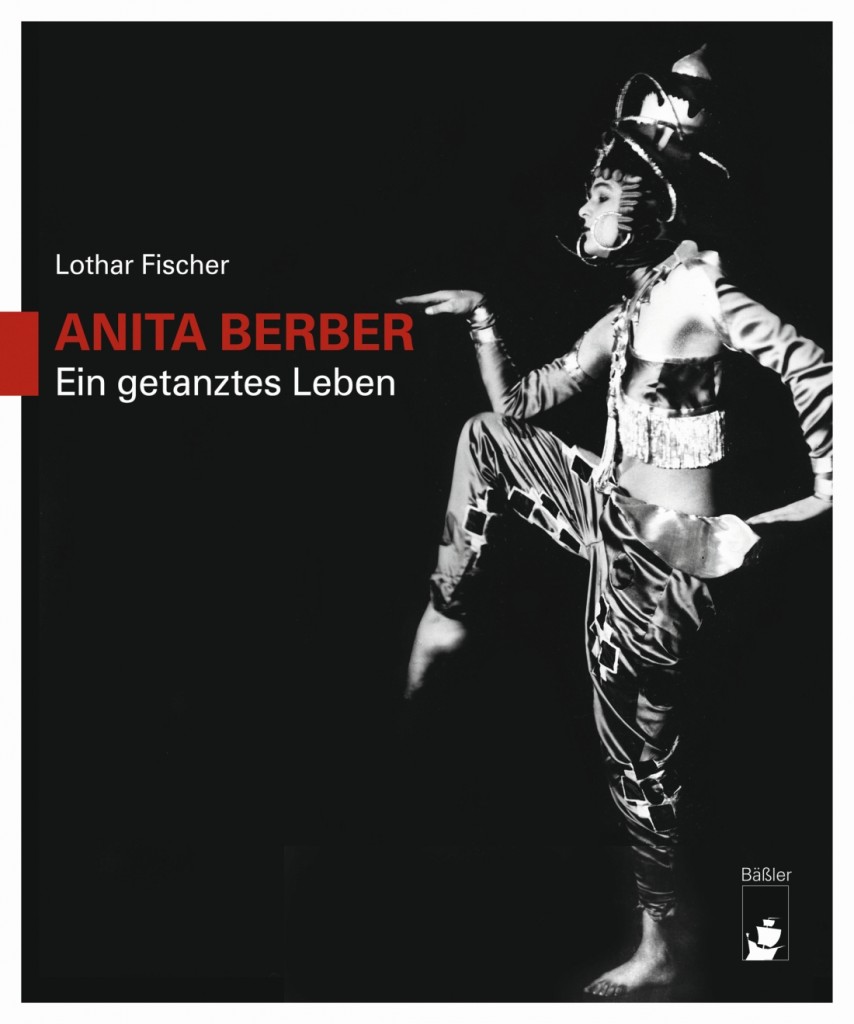 Anita Berber needed scandal like her daily bread, commented young Klaus Mann, who was trying to become as famous a German author as his father Thomas. Mann met her in Berlin in 1924 when Berber, just 25 years old, already had become a legend. She was a stage and movie actress, a fashion and hat model, and a danseuse whose nude performances created furors. Mann continues: “Debauched middle-class girls copied Berber’s style, every prostitute aiming to be a cut above the others wanted to look like her. Post-war eroticism, cocaine, Salomé, ultimate perversity – such were the terms the mirage of her glory was made of. Besides, connoisseurs knew that she was an excellent dancer.”
Anita Berber needed scandal like her daily bread, commented young Klaus Mann, who was trying to become as famous a German author as his father Thomas. Mann met her in Berlin in 1924 when Berber, just 25 years old, already had become a legend. She was a stage and movie actress, a fashion and hat model, and a danseuse whose nude performances created furors. Mann continues: “Debauched middle-class girls copied Berber’s style, every prostitute aiming to be a cut above the others wanted to look like her. Post-war eroticism, cocaine, Salomé, ultimate perversity – such were the terms the mirage of her glory was made of. Besides, connoisseurs knew that she was an excellent dancer.”
In December last year the German art historian and author Lothar Fischer published a biography of Berber. “Anita Berber; Ein getanztes Leben” (“Anita Berber; A Danced Life”) is his third book about this arguably scandalous woman, the two former publications dating from 1996 and 2006 being out of print.
Berber was born in 1899 in Leipzig to parents rooted in the arts. Her father, Felix Berber, was an exceptionally gifted violinist who performed mainly in Munich. Her mother Lucie was one of the chansonnettes at Berlin’s cabaret Chat Noir. But their marriage was ill-fated; they divorced when Anita was two years old. Thereafter the girl was taken charge of by her grandmother in Dresden. Besides her regular schooling she started taking eurythmics courses for children at Èmilie Jaques-Dalcroze’s institute in Dresden-Hellerau. In 1915 Anita, her mother and grandmother resided together in Berlin. There the sixteen-year-old decided on a career as an artist. Without informing her mother, she enrolled at Rita Sacchetto’s dance school and also took drama classes with Maria Moissi. Initial performances with the dance school followed soon after. One of the other students was Gertrud Samosch, who later as Valeska Gert, was one of the pioneers of modern dance. Reportedly, Gert was far from being a beauty. Her broad hips and plump legs would have been a great disadvantage for a traditional dancer. Another fellow student, Dinah Nelken, recalled that “La Sacchetto allowed us to have it our own way. When it came to the first performance […] not one of us was really able to dance.” Usually clad in effect-seeking costumes the troupe 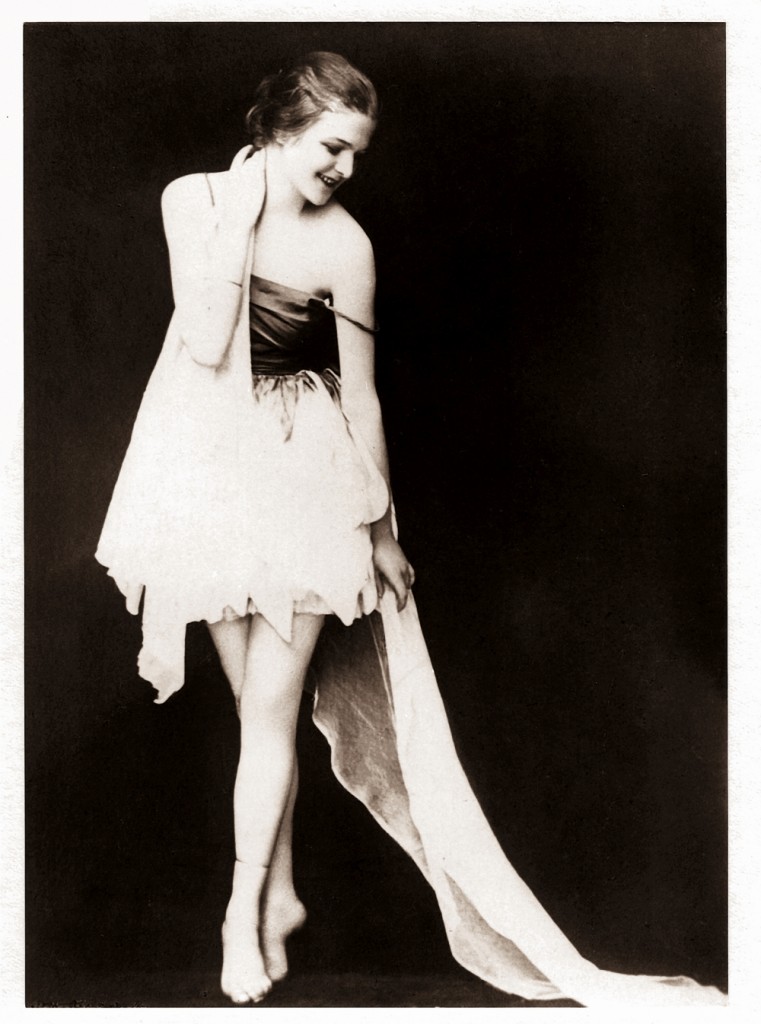 presented a mix of ballroom dancing, processional dance and poses. Immediately the first show prompted a set of complaints to the police because of immorality. Yet the girls fooled the inspectors who were sent by giving a deliberately tame and genteel performance. Hence these public events were allowed to continue. In 1917, Berber left Sacchetto’s troupe to strike out on her own. She gave dance evenings in Berlin, eventually even at the famous variety theater Wintergarten (Winter Garden). Berber’s stardom rose meteorically during the post-war years. In addition to Berlin, she also performed often in Vienna and toured both nationally and internationally.
presented a mix of ballroom dancing, processional dance and poses. Immediately the first show prompted a set of complaints to the police because of immorality. Yet the girls fooled the inspectors who were sent by giving a deliberately tame and genteel performance. Hence these public events were allowed to continue. In 1917, Berber left Sacchetto’s troupe to strike out on her own. She gave dance evenings in Berlin, eventually even at the famous variety theater Wintergarten (Winter Garden). Berber’s stardom rose meteorically during the post-war years. In addition to Berlin, she also performed often in Vienna and toured both nationally and internationally.
Berber is described as tall, thin, with a small head, an almost square face and strawberry blonde hair. A lightweight woman, she seemed to be “as fast as the wind”. Her movements were characterized by “a tender, rounded rhythm, a snake-like iridescence and entwinement, a gleaming harmony.” Her white powdered face – with the lips contoured sharply by red lipstick and the eyes made up darkly – was her regular mask.
Between 1918 and 1923 Berber acted and danced in twenty-six silent films directed amongst others by Richard Oswald. He was an Austrian who worked in almost all film genres and also produced sex education documentaries that occasionally were banned or confiscated by the censor. Among his still other features were horror films. In a chapter dealing with Berber’s screen career, Fischer provides extensive summaries of several films that illuminate the cinematic avant-garde of the 1920s.
In 1919, Berber married Eberhard Engelhard von Nathusius – whether due to love or because he hoped to inherit a large fortune is unclear. Their marriage ended only three years later. Maybe Berber’s bisexuality caused the couple’s separation.
Also an encounter with another man, Willy Knobloch, might have influenced her. Knobloch, son of a wealthy Hamburg trader, re-named himself Sebastian Droste. He initially became known as a poet and film actor, and was open about being homosexual. Berlin’s newspapers wrote long articles describing his diabolic face and demonic profile. In addition, Droste danced as a member of the Ballet Celly de Rheydt – a group known for its nudity. Performances took place in small locales, creating an intimate proximity between the dancers and the audience. Drugs and alcohol were common in those places. That 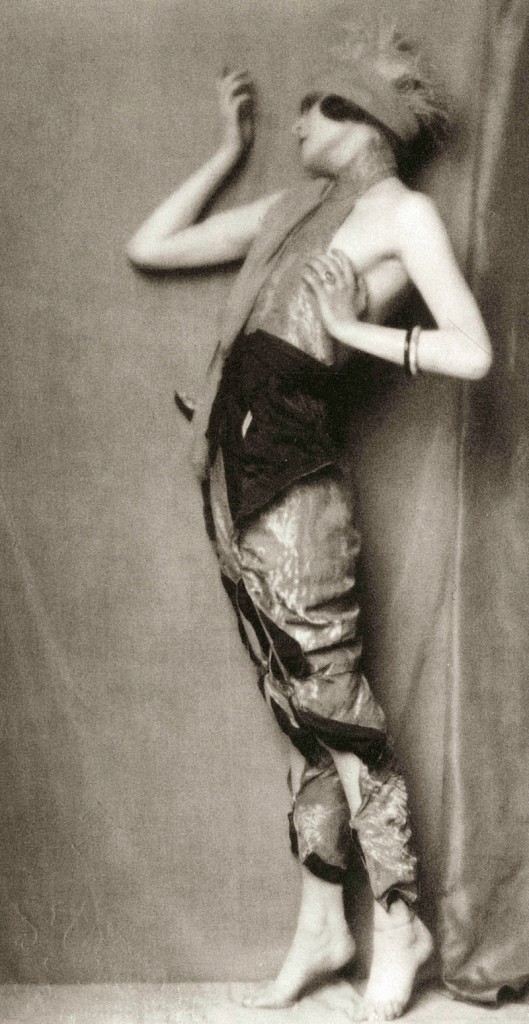 is where Droste met Berber, who also danced for the company. From 1920 on, both performed together. They left the Ballet de Rheydt the same year. In 1922 Droste prepared a program for Berber and himself. It later became known as “Dances of Debauchery, Horror and Ecstasy”. One highlight was the solo “Cocaine” to Camille Saint-Saëns’s music “La dance macabre” plus a poem by Droste. Another number, “Morphine”, was also inspired by Droste’s verse. These two pieces are described as Berber’s core and most personal dances. They were said to resemble pathology studies and boasted brilliant pantomime. In “Cocaine” Berber depicted a woman struggling with the after effects of a drug trip and trying to regain control over her body before again collapsing into agony.
is where Droste met Berber, who also danced for the company. From 1920 on, both performed together. They left the Ballet de Rheydt the same year. In 1922 Droste prepared a program for Berber and himself. It later became known as “Dances of Debauchery, Horror and Ecstasy”. One highlight was the solo “Cocaine” to Camille Saint-Saëns’s music “La dance macabre” plus a poem by Droste. Another number, “Morphine”, was also inspired by Droste’s verse. These two pieces are described as Berber’s core and most personal dances. They were said to resemble pathology studies and boasted brilliant pantomime. In “Cocaine” Berber depicted a woman struggling with the after effects of a drug trip and trying to regain control over her body before again collapsing into agony.
The titles of both these pieces allude to the main problem of this artistic collaboration: Droste, himself an addict, brought Berber hard drugs. It was no secret that she, too, had become addicted. In the “golden twenties” social norms and moral values were turned upside down. “It is difficult to imagine these days how profound the shock was after the end of World War I and the collapse of the Habsburg monarchy”, Leopold Tamare, a dancer who experienced those turbulent time in Vienna, has commented. He met Berber and Droste before one of their scandalous shows in a Viennese cafe where “Anita, without making a big fuss about it, took injection equipment out of her bag and […] shot cocaine into her thigh. No one was shocked, instead we found it fabulous. She was an impressive woman with an intense aura, bold and new in every aspect. Today, one could say: She danced the spirit of the time.”
The Austrian author Stefan Zweig drew parallels between Berlin and Babel. He said: “The disastrous inflation added considerably to the psychological and moral decline. Governmental orders were derided, conventions and morals no longer respected. People […] were enraptured about others’ abandon.” They wanted to participate in guilty pleasures. Nude dance became en vogue. Watching it in clandestine bars and lounges made one feel profligate. As was pointed out by Zweig, it was a pathetic eroticism, awfully insincere and in this way disgusting. Zweig compares the German lust for orgies with mere feverish monkeying, because basically people, weary of war, yearned for some safety, for peace, order and civil normality.
Berber’s lifestyle inevitably impaired her work. Reportedly, it wasn’t uncommon for her not to show up on time at scheduled shooting sessions of the many silent films she was supposed to appear in. When she finally did arrive, unconscious and sometimes barely clad, she had to be carried backstage. Ice cubes and strong black coffee revitalized her. When she would grow weak again, she was revived. Other drugs beside cocaine were involved. Moreover, Berber was a habituated drinker. 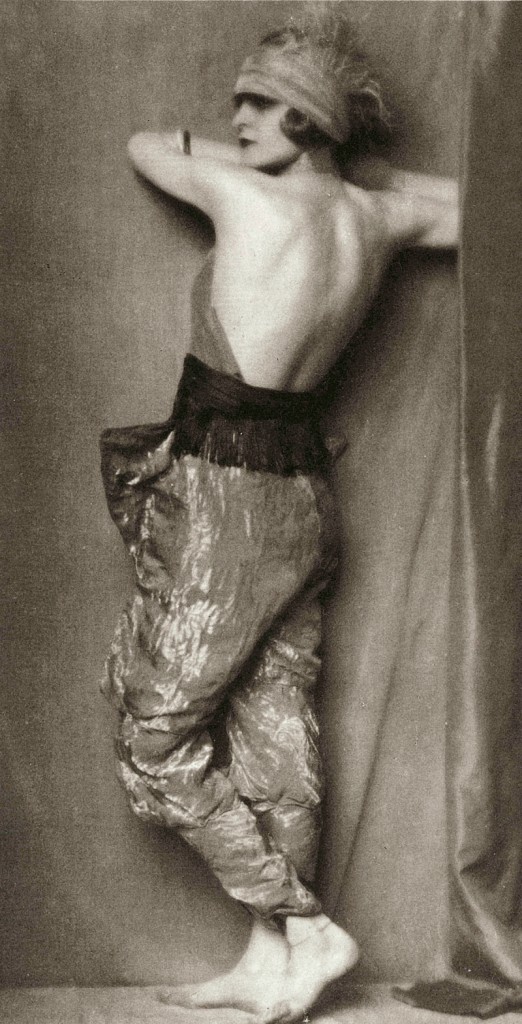 When touring a revue through Germany in 1925, she insisted on consuming a whole bottle of cognac or other strong liquor before coming on stage. Yet Berber did not seem to be drunk but danced her parts successfully.
When touring a revue through Germany in 1925, she insisted on consuming a whole bottle of cognac or other strong liquor before coming on stage. Yet Berber did not seem to be drunk but danced her parts successfully.
She was hotheaded, skittish, sometimes verbally abusive and tended to act violently. In response to rude comments from the audience that stirred her anger, she might interrupt the show and hit the offender’s head with a champagne bottle. She did not even shrink back from serious drug-related crime like fraud, forgery of documents and theft. Breaches of contracts were almost the order of the day. These were often followed by stage bans which Berber and Droste usually ignored. In early 1923, after a series of such incidents, both were banned from Austria.
One year later, Droste skipped out on Berber. Stealing her valuables, he fled to New York, where he worked as a journalist. Allegedly he also established himself as “Baron von Droste” amidst a group of young millionaires. But becoming fatally ill, Droste returned to his parents in Hamburg and died there in 1927.
In 1924 Berber had married a second time, again it was to a dancer, Henri Chȃtin Hofmann, born in Baltimore. Hofmann, in addition, replaced Droste as Berber’s dance partner. A review of their performance in Prague reveals how the perception of art has changed over the time: “[…] This couple smells amazingly different. Anita is like an overripe banana, which, peeled, melts in our hands. Henri seems like a pineapple, hard on the eye, but oddly sweet to the taste when cut in pieces.”
During the next few years several programs featuring “Anita Berber and Henri” followed. In 1928, while touring the Middle East, Berber collapsed on stage in Damascus. Increasingly weak, she was brought home to Berlin. Diagnosed with “galloping consumption”, Berber died only four months later in a Berlin hospital. She was age twenty-nine. Henri continued to dance successfully in Europe and the US with a new partner, whom he also married.
The Nazis drew a veil of silence over the deceased Anita Berber. She was not rediscovered until the 1980s. Presumably, best known is the portrait Otto Dix painted of her in 1925. It shows Berber in a tight red dress, wearing her usual makeup. It is said that Dix saw her as a woman consumed by hellfire. Deemed degenerate art, the painting was confiscated by the Nazis. After it had changed hands several times, Dix was able to repurchase it from a Munich gallery owner in 1963. Today it 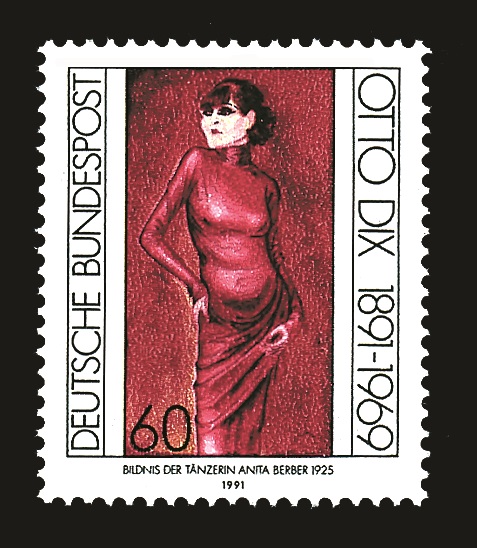 can be seen in the Kunsthalle Stuttgart, which holds the most comprehensive collection of Dix’s oeuvre.
can be seen in the Kunsthalle Stuttgart, which holds the most comprehensive collection of Dix’s oeuvre.
Fischer’s biography is based on a solid amount of written source material – including statements by contemporary witnesses. Some of these quoted reviews and descriptions of Berber’s performances illuminate the differences in the perception of dance today compared to that from almost a century ago. Passages from Fischer’s earlier books on Berber can be found in this recent publication. That might be the reason why his text sometimes seems patched together and lacks a consistent narrative thread. Often the author digresses into details like the lives of Berber’s relatives or acquaintances. On the other hand, necessary and useful facts such as dates sometimes are missing. Also, the biographical summary at the end of the book is inaccurate, either lacking key events mentioned in the foregoing chapters or providing inconsistent dates. For example, in chapter ten, Fischer states that Henri Chȃtin Hofmann came to Berlin in 1923, but the biographical summary lists his arrival one year later. Klaus Mann mentions Chȃtin Hofmann en passant as Berber’s husband, but Fischer introduces him not until in the ensuing chapter, causing confusion. More diligent editing would have been beneficial, and might also have avoided the repetition of the same quotations.
The book’s addendum contains three of the source texts – reports published in various magazines – printed in their entirety. Fischer worked two of them into his text, but the third, actually a very interesting one, seems almost neglected. It is by Eugen Ortner and was published in 1924 in the Saxonian weekly “Der Drache” (“The Dragon”). Ortner not only was refreshingly eloquent but also wove some interesting remarks about Berber into his article: That the nude part of her body was in fact her face. Or that she wrote a book – which is not clearly stated by Fischer. Also left to Ortner is the appraisal of Berber’s impact on and relevance for her time. Ortner says that the dance would be much too naive an issue for Berber; that she would experience herself too subjectively, too much as a performer when dancing. Her mission, rather, was to take what is scandalous to the extreme, to uncover “the utmost” that had been hidden.
Assets in Fischer’s book are the many photos and illustrations, about 120, some of them full-page. Here, also, attention to detail would have been welcome. Neither the cover photos, nor the ones on the inner sides of the cover, are described anywhere.
Sadly, the book is only available in German and has no English synopsis.
Berber will be back on stage during the coming season. In connection with the series “The Golden Twenties”, Jiří Bubeníċek has been commissioned to do a new work for the ballet company of Gera, located in Germany’s region of Thuringia. Gera was Otto Dix’s native town and Bubeníček’s “Anita Berber – Goddess of the Night” will premiere there in June 2016.
| Links: | Homepage of the Hendrik Bäßler Publishing House | |
| Lothar Fischer’s Homepage | ||
| Photos: | 1. | Book cover, “Anita Berber, Ein getanztes Leben” by Lothar Fischer, photo by courtesy of Hendrik Bäßler Publishing House 2015 |
| 2. | Anita Berber, date unknown, archive Lothar Fischer, photo by courtesy of Hendrik Bäßler Publishing House 2015 | |
| 3. | Anita Berber, Vienna 1922, archive Lothar Fischer, photo by courtesy of Hendrik Bäßler Publishing House 2015 | |
| 4. | Anita Berber, Vienna 1922, archive Lothar Fischer, photo by courtesy of Hendrik Bäßler Publishing House 2015 | |
| 5. | German postage stamp from 1991 showing Otto Dix’s painting of Anita Berber, photo by courtesy of Medienfabrik Gütersloh GmbH 2015 | |
| 6. | Anita Berber in the screen adaption of “Cocaine” which was part of the documentary “Modern Dances/ Dances of Debauchery, Horror and Ecstasy”, 1923, archive Lothar Fischer, photo by courtesy of Hendrik Bäßler Publishing House 2015 | |
| Editing: | George Jackson, Laurence Smelser |
